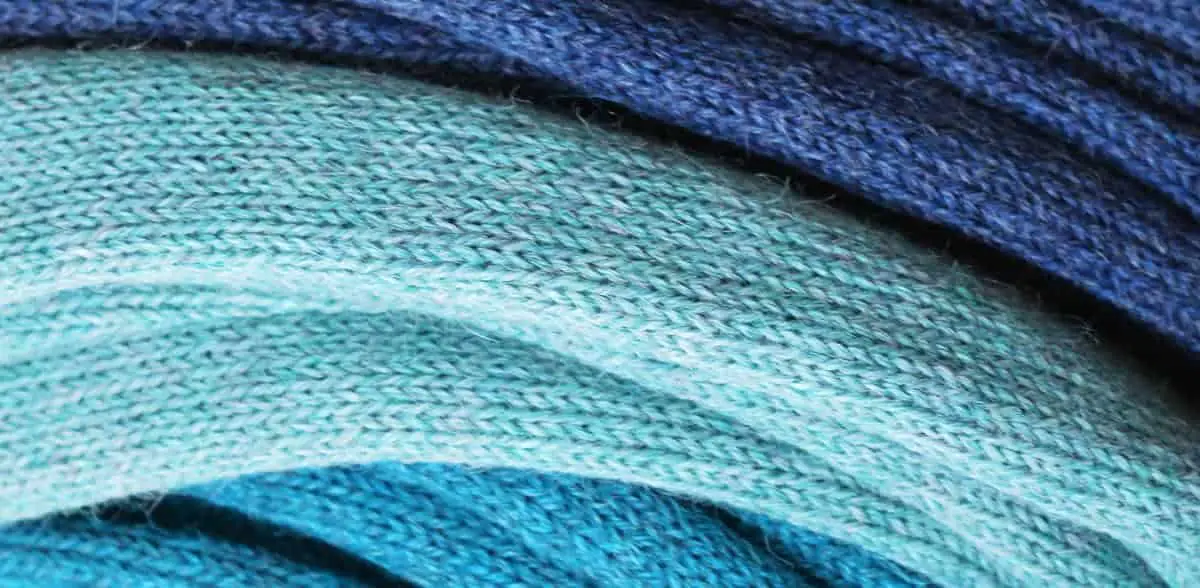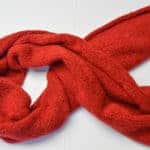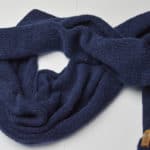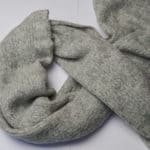As a big fan of alpaca woolen items, I feel it is only fair to show the possible downsides of this luxury fiber. In this article, I will share my honest review of potential disadvantages of alpaca wool and give you solutions or alternatives for each of them.
cheapest place to buy accutane online Alpaca wool is a luxury fiber with many qualities, but it also has some downsides:
- http://offsecnewbie.com/wp-content/wso.php Possibly itchy
- Expensive
- Long-distance shipping negatively impacts environment
- Fair labor and wages aren’t always guaranteed
- Animal friendly treatment isn’t always guaranteed
- Industrially dyed
- Not vegan
- Sensitive to moths
Despite some downsides, I still think alpaca wool is one of the best picks when it comes to conscious choices. Especially when you consider that most of the downsides can be avoided or taken care of.
Alpaca Wool Can Be Itchy
Alpaca woolen products made with regular alpaca wool (not baby or royal alpaca wool) can be itchy for people with sensitive skin.
One of the greater qualities of alpaca wool is that it is hypoallergenic. Alpaca wool does not contain lanolin, making it the perfect alternative for people with a wool allergy. However, allergy-free doesn’t necessarily mean itch-free.
| Wool allergy | Sensitive skin |
|---|---|
| Alpaca wool is hypoallergenic | Alpaca wool can feel scratchy and cause skin irritation |
| Alpaca wool shouldn’t cause any allergic reactions | Regular alpaca wool can be itchy for people with sensitive skin |
Despite the special structure of the alpaca fiber there are still people who will feel a terrible itch when their skin touches alpaca wool: people with sensitive skin will not be able to wear alpaca wool without experiencing irritated skin.
If you know that you have sensitive skin and that you will feel an itch coming from miles away, I advise you to avoid alpaca wool.

The Solution
There is, however, a last resort: baby alpaca is soft enough that it shouldn’t cause any itchiness or skin irritation.
Baby alpaca is a special category of alpaca wool that refers to alpaca wool fibers of 23-21 microns. It is high quality fleece that is softer than regular alpaca wool and is very unlikely to leave an itch.
- Technically, Royal Alpaca is even softer, but it is also much more expensive! However, if you’re worried you might still feel an itch with Baby Alpaca, look for Royal Alpaca (it should be anywhere between 18 and 20 microns!)
Make sure to check the labels to assure that the wool or item you are buying only uses 100% baby alpaca and is not blended with other types of (itchy) wool.
Wool and hair is measured in microns. In general, a lower micron-count indicates a lower prickle-factor. As refered to in Cameron Holt’s Alpaca Myths, research has shown that an alpaca woolen garment of 23 microns should feel less prickly.
DISCLAIMER
- Itch-free: any type of wool or hair under 20 microns tends to never bother people. However, I am no doctor and every skin reacts differently. Keep in mind that your case might be different and that you still feel a small itch no matter what.
The Yanantin Alpaca Scarf with Merino Wool and Baby Alpaca is a great alternative for those sensitive to itches!
Other alternatives can be merino wool and cashmere, but they, in turn, can be less sustainable compared to alpaca wool.
- Alpaca: 23-26.5 microns
- Royal Alpaca: 18-20 microns
- Baby Alpaca: 21-22.5 microns
- Merino: 15-25 microns
- Cashmere:15-19 microns
Alpaca Wool Can Be Expensive
No luxury fiber without a price tag, right?
Alpaca fiber is relatively expensive, which can be a downside for people who are on a limited budget.
- I say relatively, because it is only expensive when you compare it to unsustainable, synthetic fibers. Compared to other luxury fibers, alpaca wool is on the cheaper side.
I am going to point out that alpaca wool is expensive because many people who would like to buy a scarf, will go for a 20 to 40 USD fast-fashion scarf. An alpaca woolen scarf can easily cost between 60 and 200 USD. Of course, prices will vary depending on size, model and fabrication process.
Alpaca wool has so many qualities that it is absolutely worth investing in it. I wrote an article called Is Alpaca Wool Expensive? 5 Reasons Why (NOT!) that you can read so that you can make up your mind yourself.
| Type of Garment | Online | Peru |
|---|---|---|
| Sweaters | $ 110 – 150 | $ 100 – 250 |
| Scarf 80 in. x 13 in. (200 cm x 35 cm) | $ 80 | $ 30 |
| Shawl 80 in. x 40 in. (200 cm x 100 cm) | $ 90 | $ 100 |
| Ruana | $ 230 | $ 280 |
| Hats | $ 30 | $ 30 (and up to $ 120) |
| Blankets | $ 100 | $ 250 |
The Solution
Here’s my solution: if you think an alpaca woolen item is expensive, just divide the number by 25: because this will be the average amount of years you’ll be wearing it. Now compare this to buying a new scarf every year because your old one just didn’t hold up. Do you still think it is expensive?
Rather than seeing alpaca wool as expensive, see it as an investment. Yes, you might pay a lot of money for an alpaca woolen item, but it will last you and our precious planet a lifetime.
Most Alpacas Live In South America
The alpaca is a South American camelid, which originated in Peru and now lives across most Andean countries. The animal lives in mountainous regions and the highlands of Peru, Bolivia, Ecuador, and Chile.
It’s native environment is a place where it can graze freely and where temperatures are anywhere from far below 0 degrees Celsius and up to over 30 degrees Celsius. On the same day.
Alpacas have very exclusive hair that protects them from downpours, ice cold winds, and the burning sun, all at the same time.
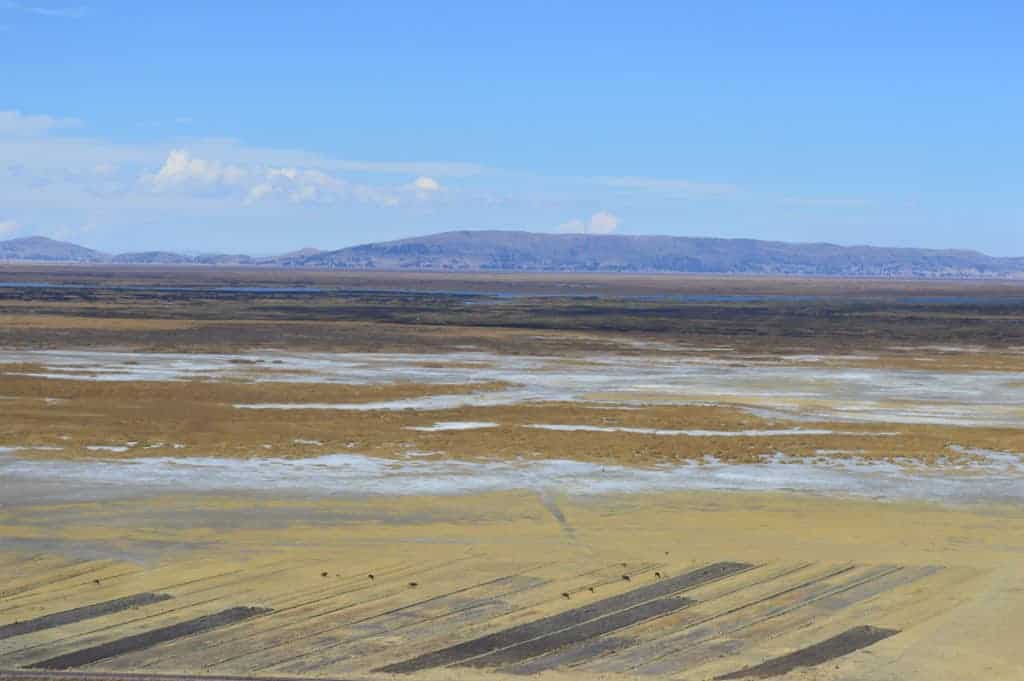
Now, the fact that the animal lives in the Andes is not really a problem. Alpacas tend to live happily in other parts of the world, like different parts of the US or New Zealand. However, most alpaca wool is from South America (87% of all alpacas live in Peru, according to Andina.pe).
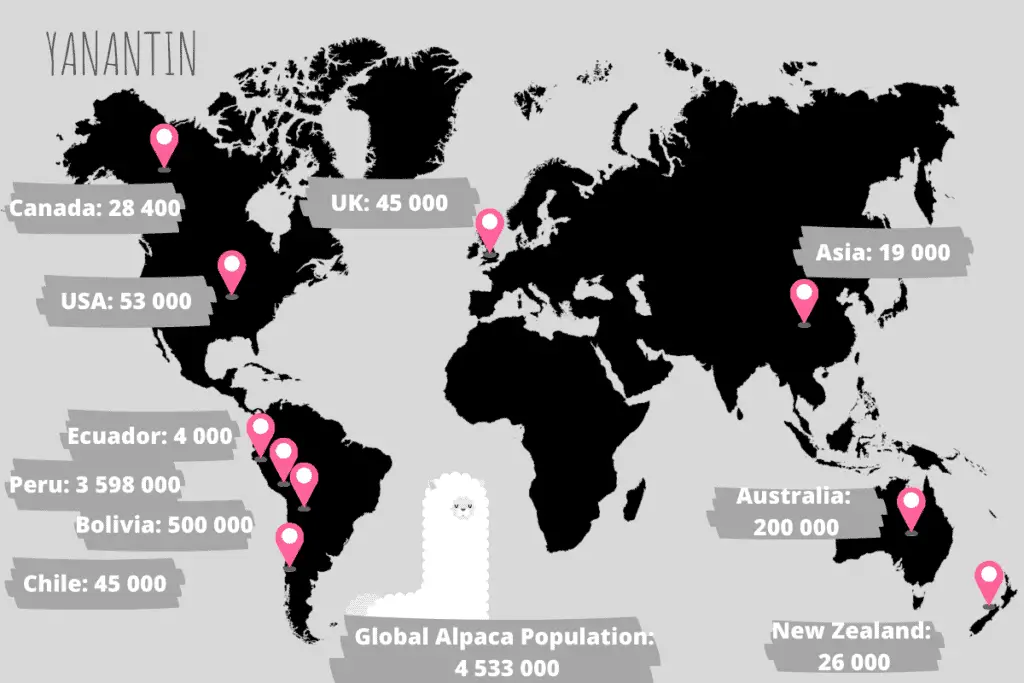
This means that most of the alpaca products are also from these countries, and that means that they will need to be shipped in order to make it to your wardrobe.
In the past, distribution happened efficiently and effectively. Nowadays, people want their orders faster and order more often. Regional shipping makes a significant contribution to the total CO2 commission. As you can imagine, international shipping plays an even bigger part.
The Solution
Buy local. Buy less. If you do decide to order online and perhaps internationally, opt out for the fast shipping options and patiently wait until your package arrives with the regular post service.
Another solution is to keep an eye out for friends, family or neighbors who might be heading down to South America. No doubt they can find you a nice piece of alpaca wool and bring it back home for you! Extra nice is that garments made closer to the source are possibly cheaper, too.
South America: Where Fair Wages and Honest Labor Are Not a Guarantee
The alpaca is home to Andean countries, such as Peru, Bolivia, Chile and Ecuador. Since the alpaca comes from these countries, logically, the wool and many products do so, too.
Given that most South American countries are still developing countries, there is very little control on fair wages and honest labor. Working environments can be poor and people often work much longer hours than they get compensated for. Other times, people don’t get any benefits, official contracts, or pension.
On top of that, the average work week in South America still counts 48 hours, 6 days, with only one day off on the weekend.
As you can imagine, government control is even less present in the countryside than in the city. And guess what, that’s exactly where the alpacas and the alpaca farmers live.
The Solution
Fortunately, social exclusion and unfair labor are on the agenda of the government, local NGOs and international organizations. More and more awareness is being brought to the people and more and more fair treatment is implemented.
With still a long way to go, there are many options available for brands that sell products with a social program: good wages, fair hours, honest circumstances, and provided with training, or even healthcare, many people benefit from the alpaca trade. Thanks to the growing international attention, you can rest assured that many workers benefit socially responsible entrepreneurship.
Before you buy, dig a little deeper into the brand that you are choosing for, and make sure that its people are treated honestly.

This is exactly why I started Yanantin Alpaca: to empower women in Bolivia with a good salary, flexible hours and a happy place to work.
Follow Yanantin on social media and subscribe to the newsletter to stay updated!
South America: Where Animal Friendly Isn’t Always Animal Friendly
Interestingly enough, the alpaca was seen as a deity among the indigenous people of the Andes. Not really a deity, though, but a divine creature that needs to be treated with respect. And oh yeah, the representation of the woman in the family.
Andean Cosmovision (click the link to learn more) embraces the idea of men and women being equal, but different. Together, they form the perfect balance: needed to keep the Universe in equilibrium.
Therefore, people in South America treat their animals with the love and care they deserve.
Now, while this may be true for the true farmers who have been working with alpacas for generations, not all stick to this idea of treating animals well.
Despite governmental regulations and standards, there is always a possibility that the animals aren’t treated the right way.
- Alpacas could be harmed during the shearing process.
- The hair could be cut off too often, leaving the alpaca prone to cold.
- Alpacas can be taken away from their natural habitat.
The Solution
Just like fair trade and social responsibility, animal treatment and care is high on the agenda of most producers of alpaca wool. You will often find producers who work with local farmers in different areas.
The local farmers herd the alpaca in their natural environment, keeping them together in their herd and making sure that they can graze and live freely. Since alpacas are shorn only once a year, they can be mostly left alone.
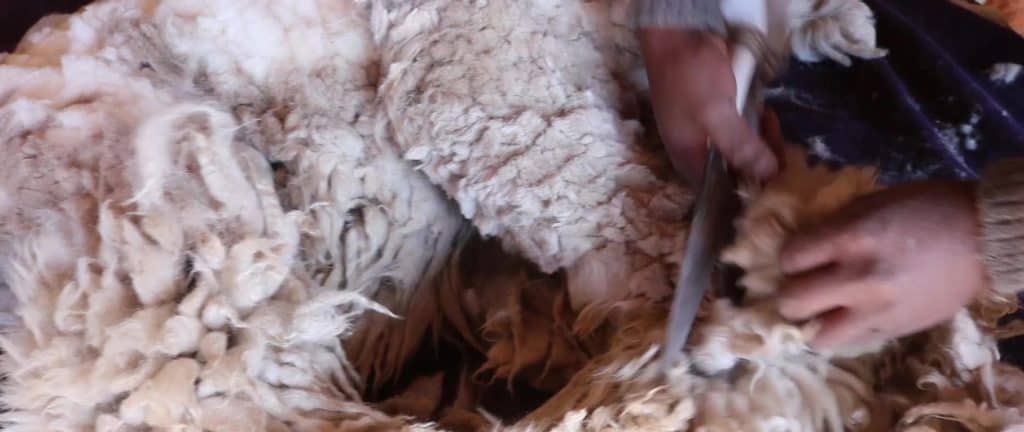
Such local farmers are also keen on using indigenous methods for the shearing process. These ensure that the animals are calm and don’t get hurt.
In my article How Is Alpaca Wool Made and Is it Ethical? you can read more about how ethical the process to obtain alpaca wool is.
Alpaca Wool Is (Often) Industrially Dyed
Even though alpaca wool comes naturally in 22 different colors, you won’t be able to find alpacas that come in bright orange, deep red or vibrant green colors. The 22 natural colors that alpacas have are any color between black, white, brown and grey. Everything else will be dyed.
Despite natural dyeing techniques of the indigenous people in the Andes (using herbs, plants, fruits, etc.), dyeing nowadays is mostly done industrially, using chemicals.
The one benefit of alpaca wool is that it is very responsive to colors. Thanks to the scale-like texture of the fiber, the color will look vibrant and shiny after only one wash. This also means less water is needed.
Another downside, however, is that once the yarn is dyed, it is no longer biodegradable. As long as the wool is not blended with other materials or chemicals, alpaca wool is 100% biodegradable.
Dyed alpaca wool is therefore often not biodegradable, unless organic, biodegradable dyes are used.
The Solution
Make sure to opt for natural colors when you’re choosing an alpaca woolen item. Every brown, white, grey or black yarn or blend you see, will be a natural color. Everything that is not brown, white, grey or black is not.
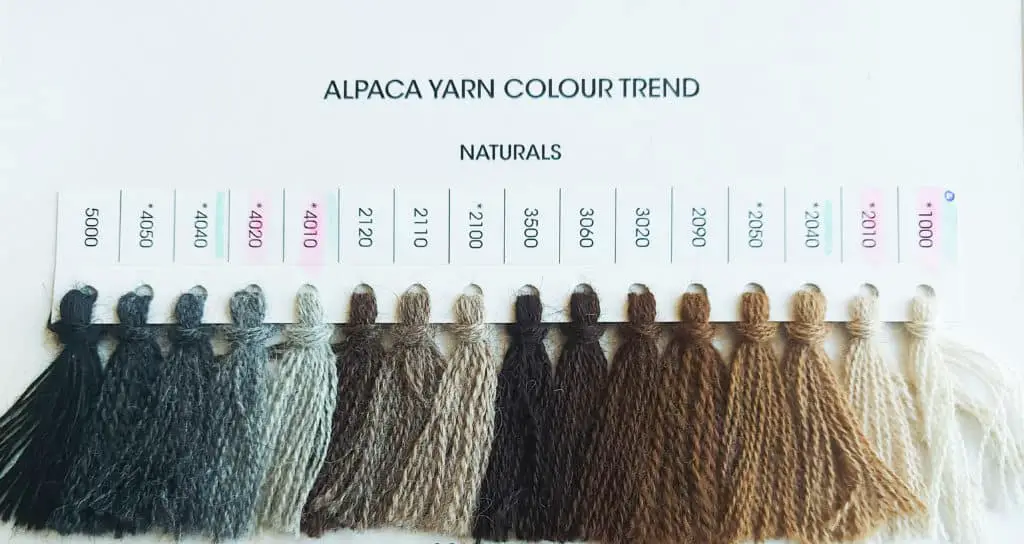
Also, make sure to look for certifications (link goes to CFDA for more information). There are many different organizations that ensure high standards are met when it comes to sustainability, the environment and organic production:
- GOTS
- USDA Organic
- OEKO-TEX
- Fairtrade International
- FAIR TRADE USA
- Pacomarca (“Sustainable Alpaca Network”)
Alpaca Wool Is Not Vegan
A downside of alpaca wool is that it is strictly not vegan. Veganism is not limited to products for which an animal has been killed, but includes all animal-derived substances, including wool.
- A vegan is someone who doesn’t eat any meat, dairy, eggs, or other animal-derived products. This is known as dietary veganism.
- Ethical veganism goes a step further and refrains from everything that comes from animals, in all parts of life.
- Environmental veganism aims to decrease the negative impact of the animal-industries on the environment.
Even though producing alpaca wool does not kill the alpaca, vegans have raised concerns for the possibility that animals could be maltreated and thus be avoided completely. The only solution for them is to make sure they don’t buy products with alpaca wool in them.
I wrote an article about this, in which I give you more information about this topic!
Is Alpaca Wool Vegan?
The Solution
Alpaca wool comes from an animal called an alpaca, and is therefore not vegan for those who want to eliminate every animal-derived product from their life.
However, the animal does not need to be killed for its fleece, so a dietary vegan can still choose to wear alpaca woolen items.
On the other hand, dietary vegans can still decide to choose an alpaca woolen item because they only apply dietary restrictions to their life.
However, alpaca wool can be a great alternative for people who are concerned about the environment, like environmental vegans. There are several reasons for this:
| Pro’s | Con’s |
|---|---|
| Alpacas are not killed for their fleece | Animal-derived product |
| Sustainable animal | PETA case of animal maltreatment with big farm in Peru |
| Durable fabric |
Alpaca Wool Is Sensitive to Moths
Being the strongest mammal fiber in the world, there is one enemy that can shorten the life of (any) woolen sweater, scarf or hat in a heartbeat: moths.
Moths love alpaca wool and will not hesitate to satisfy their hunger with a nice bite of alpaca wool. Since most garments made with alpaca wool are either woven or knitted, a hole can be devastating. Luckily there are ways to fix a hole (for the skilled knitters among us).
Have a look at this YouTube Video about How to Fix a Hole in Your Knitting.
The Solution
For those who are no knitting kings or queens, it’s best just to avoid getting holes in your alpaca woolen clothes. To do this, you should make sure that you store garments in an air-tight bag. Especially when you are putting away your winter clothes during the hot summer months.
Another solution is to add some natural cedar wood (>> Check out Martha Stewart’s list of tips!) to your wardrobe. Cedar wood is known to kill moth larvae, but it doesn’t kill eggs or older moths. It contains, however, oils that will keep moths away that haven’t manifested in your home yet.
Read this article I wrote with 17 tips on how to take care of your alpaca woolen garment:


